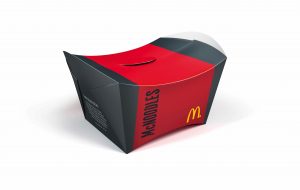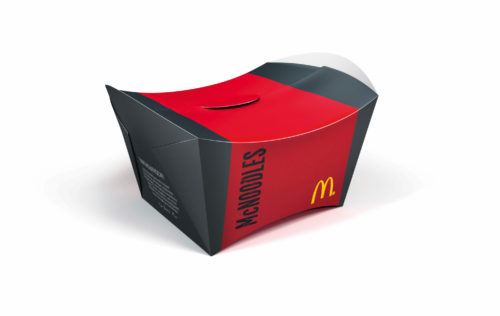
HAVI has announced that a development of a new natural-based inks for its packaging requirements, which it claimed are better for the environment with a 25 to 30 percent lower CO2 footprint than standard aqueous inks. HAVI said that they also reduce regulatory risk for brand owners and printers while increasing efficiency for printers and converters.
These natural-based inks represent another aspect of clean packaging – an extension of the clean food movement – the principle of simplifying materials and chemistries for safer, more sustainable packaging. “As a pioneer of clean packaging, HAVI is committed to not only improving the sustainability of packaging, but helping food service providers anticipate and stay ahead of consumer concerns about health and safety,” said Shane Bertsch, vice president, innovation at HAVI.
The new inks has been developed in partnership with INX International Ink Co. It uses fewer petrochemicals than standard flexographic inks, and do not contain nanomaterials, fluorochemicals, fanal pigments, heavy metals or polytetrafluoroethylene (PTFE). “Through the use of renewable materials that are responsibly sourced and considered for their end of life recovery, natural-based inks provide a path to measurable, reportable CO2 savings.”
Natural-based inks have already replaced over 2-million pounds of petrochemically derived resins, waxes and additives annually, eliminatig 5.6-million pounds of C02 or the equivalent of 15.28 coal railcars.
“The new ink offers the versatility and customization to run multiple print applications across many processing vehicles on most equipment. In many cases, multiple ink vehicles can be consolidated, thereby reducing inventory levels and increasing efficiencies” said Jim Garvey, technical manager for INX.
“The inks have numerous advantages beyond just being environmentally friendly,” said Felipe Mellado, chief marketing officer at Sun Chemical. “Besides complementing Sun Chemical’s commitment to sustainability and food safe packaging, natural-based inks provide versatility, low migration and low abrasion solutions. In many cases, mileage and performance improvements have encouraged printers to switch over to the new technology for other packaging applications as well.



